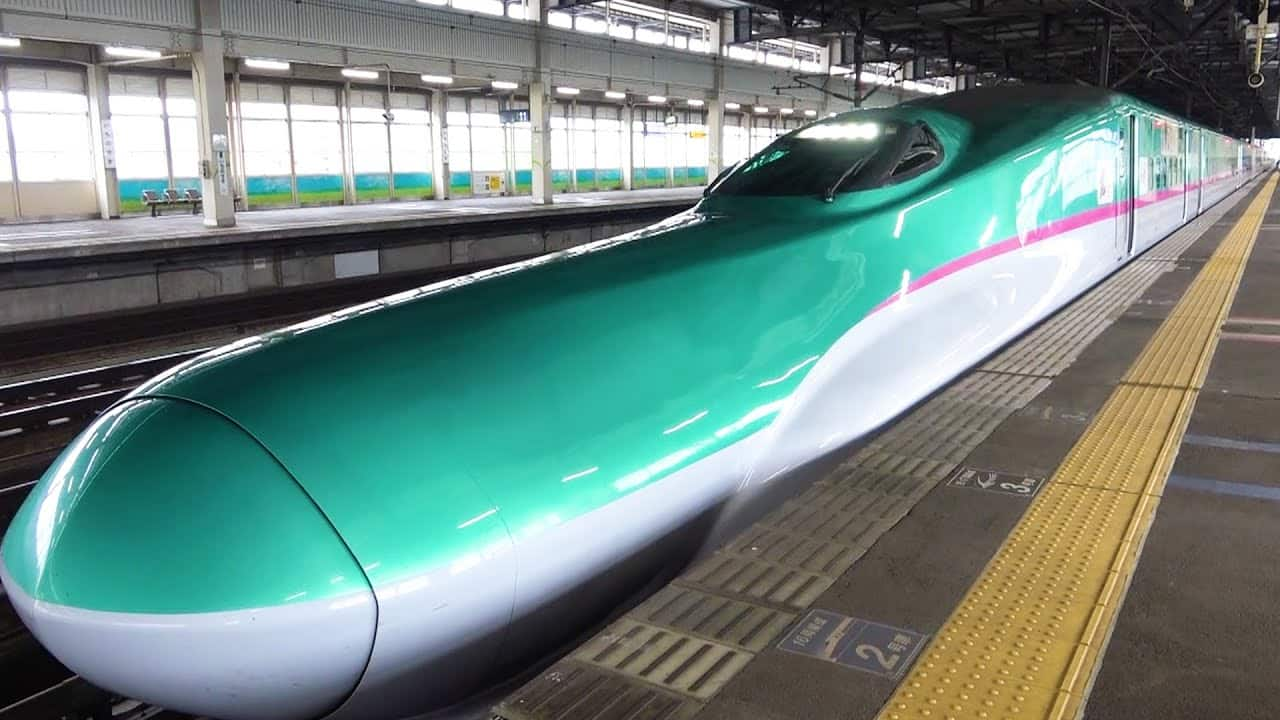India, the fastest-growing major economy globally, is on the cusp of a monumental transformation in its railway network. With one of the oldest rail systems on the planet, the country faces the ambitious task of modernizing its railways. The centerpiece of this endeavor is the construction of a high-speed bullet train network, taking inspiration from Japan’s iconic Shinkansen. In this comprehensive article, we explore the challenges and opportunities of this transformation.
The Need for Change: India’s Outdated Rail Network
India’s railways, although sprawling and deeply entrenched in the nation’s history, face numerous challenges. Trains are often slow, overcrowded, outdated, and uncomfortable. Meanwhile, neighboring countries have embraced high-speed rail networks for years, providing efficient and comfortable transportation options.
Challenges of India’s Existing Railways
- Safety Concerns: India’s aging railway infrastructure poses significant safety risks, with tens of thousands of railway-related accidents and fatalities occurring annually. Recent incidents have raised questions about the safety of the railway network.
- Traffic Congestion: India’s roads are notorious for traffic congestion, making road travel an arduous experience. Domestic flights are an option for some but remain out of reach for millions of citizens, leaving the railways as a vital lifeline.
- Logistical Challenges: India’s railways move over a billion tonnes of freight and more than eight billion passengers annually, making efficient logistics essential for the nation’s economic growth.
The Quest for Modernization
Recognizing the need for transformation, India aims to upgrade its railways into a state-of-the-art network. This vision includes the development of high-speed rail systems, connecting major cities and regions to facilitate easier movement of people and goods.
India’s High-Speed Rail Dream
India’s ambitious high-speed rail project, inspired by Japan’s Shinkansen, is poised to redefine the country’s transportation landscape. The initial phase of this endeavor involves the construction of a high-speed rail line between Mumbai and Ahmedabad, two major economic and industrial hubs.
Key Details of the Mumbai-Ahmedabad High-Speed Rail Project
| Parameter | Details |
|---|---|
| Route Length | Over 500 kilometers |
| Stations | 12 stations under construction |
| Travel Time Reduction | From 9 hours (by road) to around 2 hours |
| Top Speed | Almost 200 mph (over twice as fast as existing) |
| Train Models | Shinkansen trains (Japanese models) |
Japan’s Involvement
Japan is a pivotal partner in this high-speed rail project. They provide not only substantial funding but also expertise in railway systems, including signaling and worker training. Since 2017, Japan has offered loans exceeding USD $4.5 billion to support the initiative.
Engineering Marvels: Elevated Viaducts and Undersea Tunnels
To overcome the challenges of India’s densely populated cities and existing infrastructure, about 92% of the track will be elevated on viaducts and bridges. This approach minimizes the environmental impact, facilitates land acquisition, and allows the railway to pass over rivers and existing structures.
However, the Mumbai-Ahmedabad route faces a unique obstacle—Thane Creek, a large inlet east of Mumbai. To bypass this, India is constructing its first undersea rail tunnel, measuring a whopping 7 kilometers. The entire subterranean section stretches over 21 kilometers, accommodating two train tracks. This engineering marvel will significantly reduce travel times between the two cities.
Challenges on the High-Speed Rail Journey
While India’s high-speed rail project promises to revolutionize transportation, it’s not without its fair share of challenges and controversies.
Land Acquisition Delays
One of the significant hurdles has been land acquisition. While Gujarat managed to acquire nearly all the necessary land, Maharashtra faced delays due to legal disputes with landowners. Today, both regions have achieved almost 100% land acquisition, but it took longer than initially planned.
Political Disputes
A change of government in Maharashtra led to a temporary anti-bullet train stance. Some questioned whether a high-speed rail project was the best use of resources for the entire population, leading to debates about priorities.
Financial Viability
To recoup the substantial investment in the project, the high-speed rail must attract around 50 million passengers annually. Achieving this ridership figure is essential for the financial sustainability of the network.
Safety Concerns
Recent railway accidents in India have raised questions about the country’s ability to maintain the safety and reliability of the new high-speed rail system.
India’s Vision: Beyond Mumbai-Ahmedabad
While the Mumbai-Ahmedabad high-speed rail project is a significant milestone, India’s ambition extends far beyond this single line. The national government envisions a nationwide high-speed rail network, linking major cities like Mumbai, New Delhi, Chennai, and Kolkata.
Potential High-Speed Rail Routes in India
| Route | Distance (Approx.) | Major Cities Connected |
|---|---|---|
| Mumbai to New Delhi | Over 1,400 kilometers | Mumbai and New Delhi |
| Mumbai to Chennai | Over 1,200 kilometers | Mumbai and Chennai |
| New Delhi to Kolkata | Over 1,500 kilometers | New Delhi and Kolkata |
These proposed routes promise to revolutionize the way people and goods move within India. However, the completion of these projects depends on overcoming logistical, financial, and political challenges.
India’s Path to Becoming a Global Superpower
The high-speed rail network aligns with India’s broader vision of transforming into a fully developed nation and, ultimately, a global superpower. A modernized transportation infrastructure that efficiently connects key cities and regions is a crucial step toward achieving this goal.
Conclusion: The Journey Ahead
India’s journey to transform its railway network into a modern, high-speed system is filled with promise and complexity. While the Mumbai-Ahmedabad project serves as a beacon of progress, there are significant challenges to overcome. Land acquisition, political disputes, financial viability, and safety concerns must be addressed as India sets its sights on a nationwide high-speed rail network.
The success of this ambitious endeavor hinges not only on engineering feats but also on effective governance and public support. The people of India, whose lives are deeply intertwined with the railways, will play a crucial role in shaping the future of transportation in this vast and diverse nation.
As the project continues to evolve, it serves as a testament to India’s determination to modernize its infrastructure and position itself as a global powerhouse. While there is still a long journey ahead, the tracks are set, and the nation is on the move toward a high-speed future.












